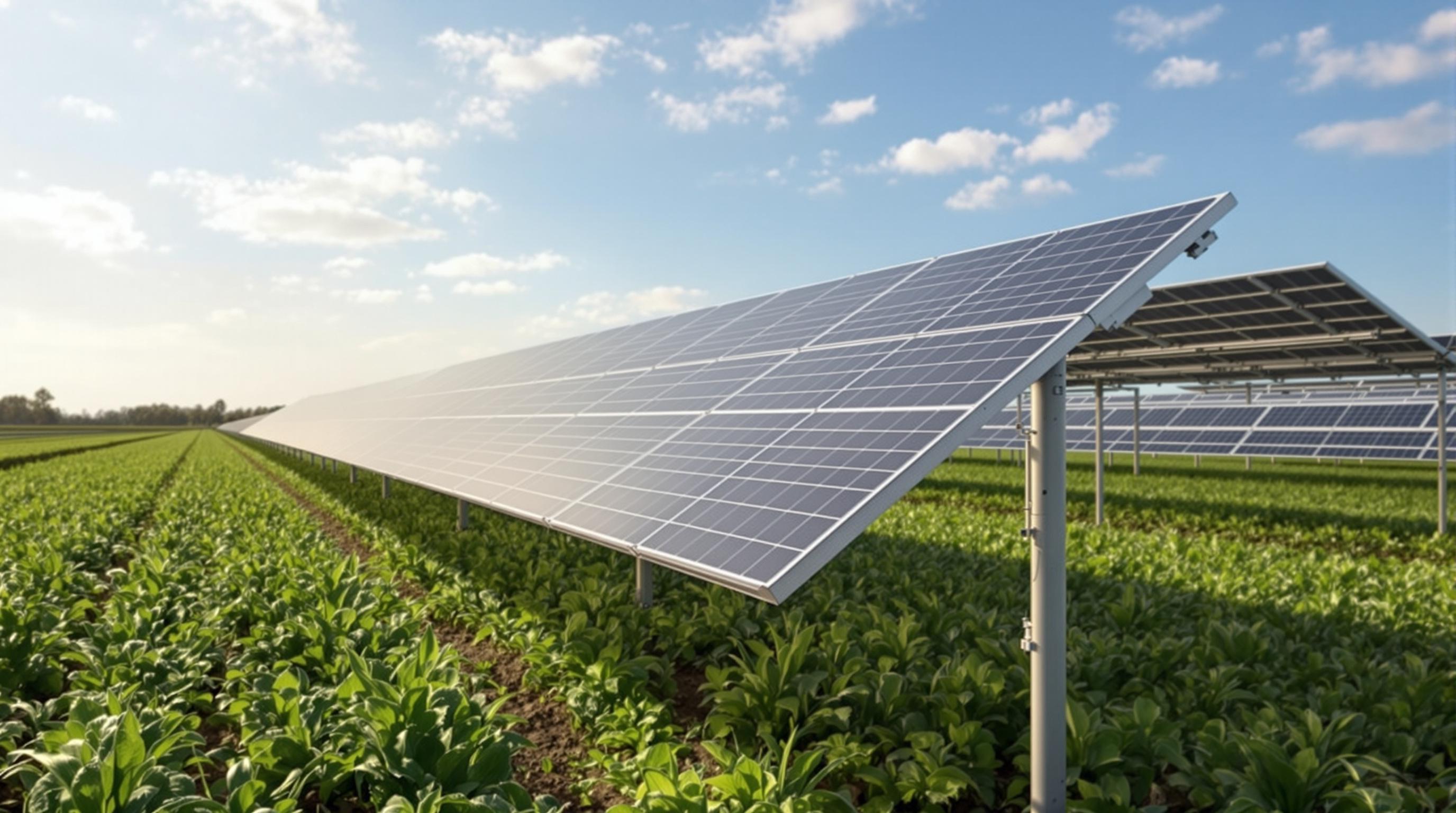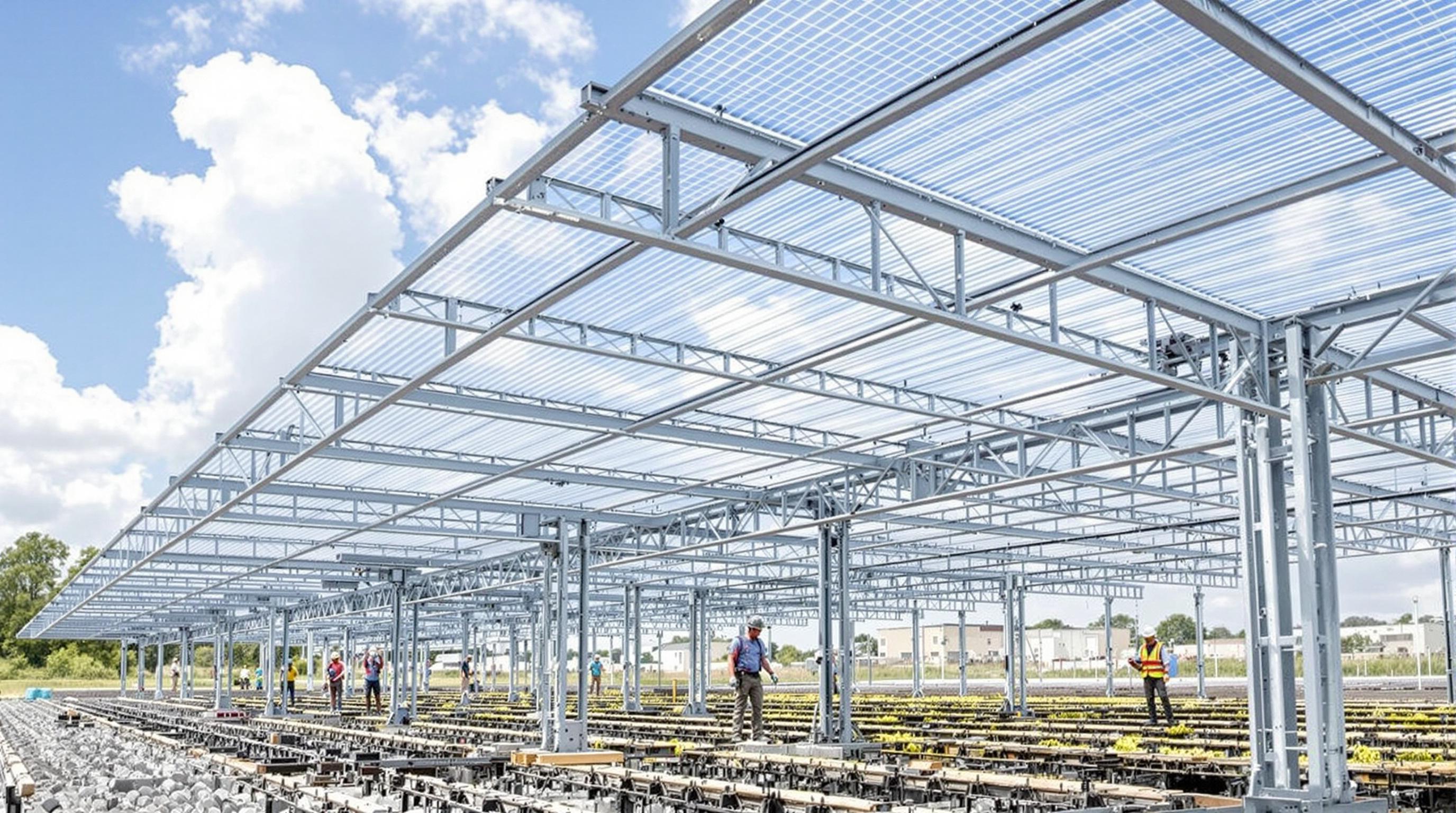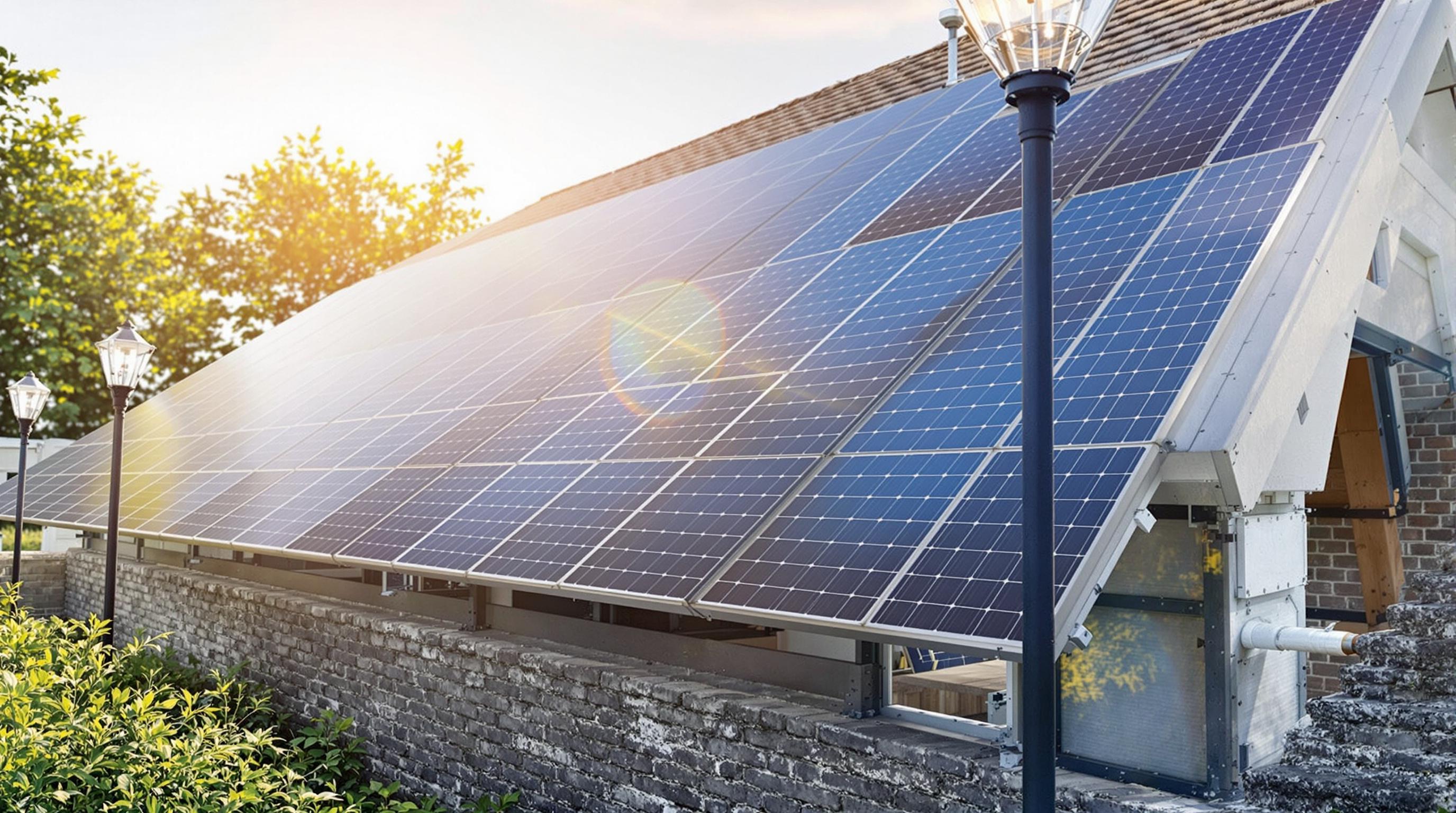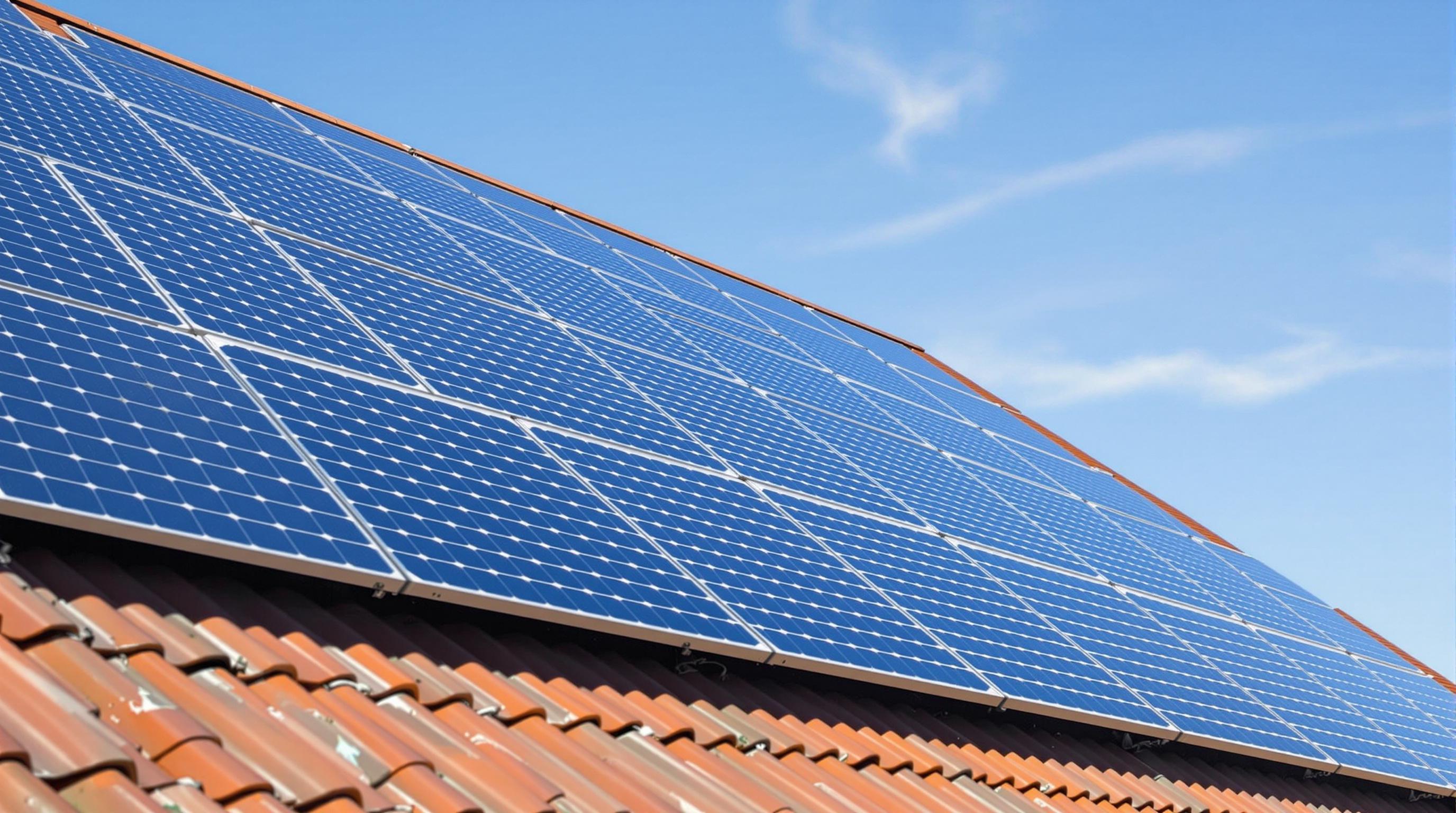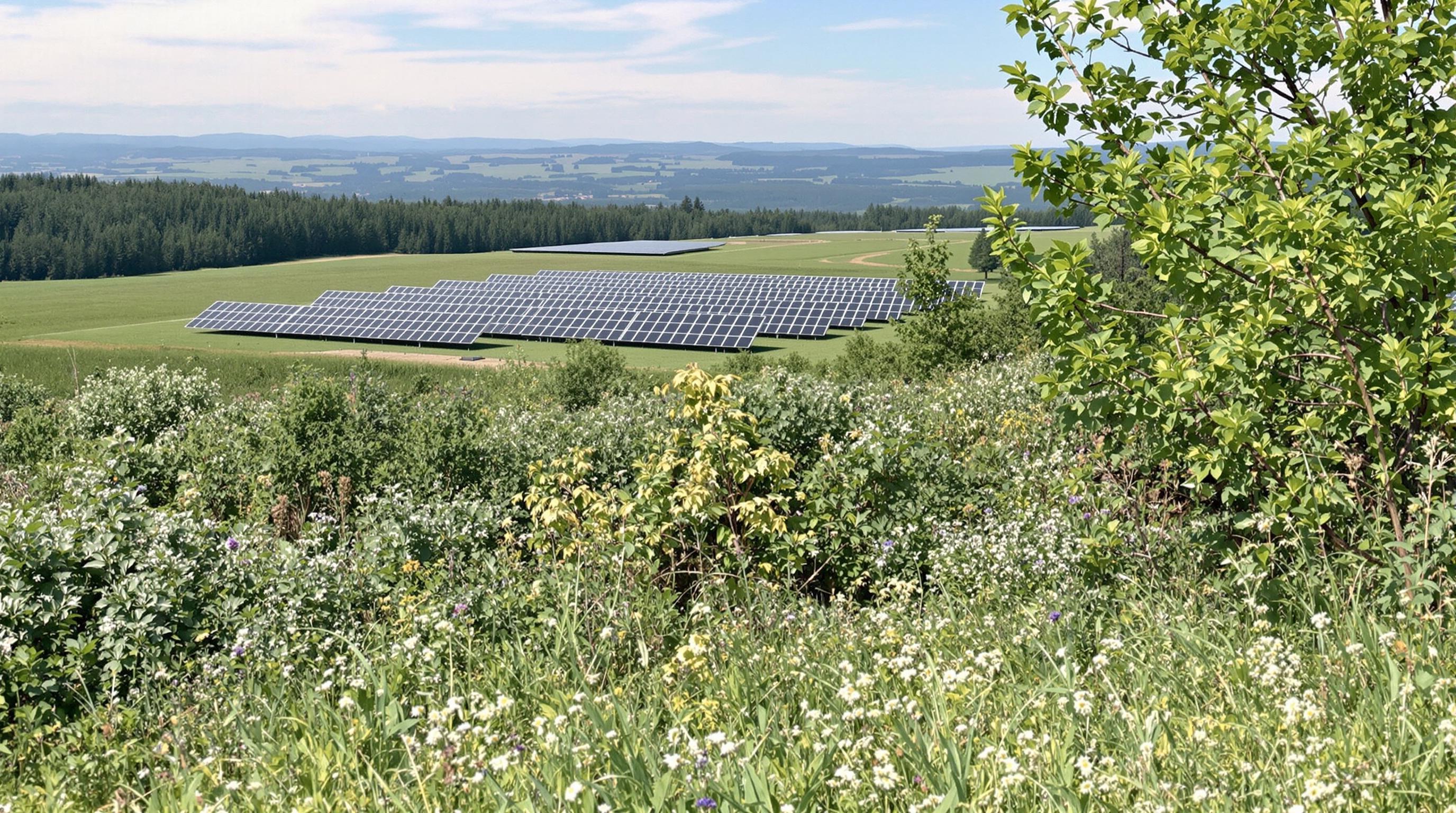Related Articles
- 7 Game-Changing Off-Grid Solar Kits from the Last 5 Years Ranked for Peak Performance and Reliability
- Uncovering the Role of Solar Warranty Disputes in Shaping Consumer Trust and Industry Accountability
- The Role of Behavioral Economics in Shaping Unexpected Solar Investment Decisions Among Rural Entrepreneurs
- Top 5 Emerging Solar Panel Brands Since 2019 That Outlast the Competition in Real-World Tests
- Top 6 Trailblazing Ground Solar Frames Unveiled Since 2019 Revolutionizing Installation Speed and Durability
- How Biodegradable Mounting Materials Could Revolutionize Eco-Friendly SolarRoof Installations by 2030
8 Innovative Ways Ground Mounting Solar Systems Can Boost Agricultural Efficiency
8 Innovative Ways Ground Mounting Solar Systems Can Boost Agricultural Efficiency
8 Innovative Ways Ground Mounting Solar Systems Can Boost Agricultural Efficiency
1. Optimized Land Use for Dual Purposing
Ground mounting solar systems allow farmers to harness the power of the sun while still using the land for agricultural purposes. By elevating solar panels, it is possible to grow certain crops beneath the structures, effectively creating agrovoltaic systems that maximize land productivity. This dual use means farmland can generate renewable energy without sacrificing crop yield.
In some cases, shade-loving plants or vegetables can thrive under solar panels, benefiting from reduced water evaporation and improved microclimates. This innovative approach helps farmers diversify their income streams by simultaneously producing crops and electricity.
Agrovoltaics, a blend of agriculture and photovoltaics, has been recognized by researchers as an efficient land-use strategy, contributing to sustainability and financial viability on farms (Dupraz et al., 2011).
2. Reduction of Energy Costs for Irrigation and Equipment
Solar-powered pumps and electric equipment reduce farmers' reliance on grid electricity or diesel fuel, significantly cutting operational costs. Ground-mounted systems can be strategically positioned to directly supply clean energy to irrigation systems, greenhouses, and processing machinery on site.
By investing in solar infrastructure, farmers gain energy independence, shielding themselves from fluctuating energy prices and improving the predictability of operational expenses. This leads to enhanced financial stability and increases the likelihood of reinvestment into farm technology or expansion.
Studies have shown solar pumps to offer cost-effectiveness over traditional methods, especially in remote or off-grid locations, improving access to reliable irrigation water (World Bank, 2017).
3. Improved Crop Microclimates and Water Conservation
Ground-mounted solar arrays provide partial shading, which can reduce soil temperature and evaporation, leading to better moisture retention. This creates a more comfortable microenvironment for crops that are sensitive to heat stress.
The shading can also lessen water requirements, contributing to water conservation in drought-prone areas. In combination with smart irrigation technologies powered by solar energy, this effect becomes even more pronounced, benefiting overall crop health and productivity.
By optimizing light exposure and humidity through solar panel placement, farmers can tailor conditions that increase yield quality and reduce water consumption (Amaducci et al., 2018).
4. Enhanced Soil Preservation and Reduced Erosion
The physical barrier created by elevated solar panels helps protect soil surface from harsh rainfall impact and wind. This reduces erosion risk and preserves soil integrity for sustained agricultural use.
By strategically placing ground-mounted solar systems, farmers can minimize soil degradation and promote healthier farmland ecosystems. This approach facilitates long-term sustainability and improved land management.
Research shows that solar panels can serve as semi-permeable structures that foster soil retention and reduce surface runoff, promoting soil conservation practices (Marrou et al., 2013).
5. Generation of Additional Revenue Through Energy Sales
Farmers can monetize excess electricity generated by ground-mounted solar installations by feeding it back into the grid. This additional income stream helps offset installation costs and contributes to farm profitability.
Many regions offer feed-in tariffs or net metering programs that incentivize renewable energy production, making solar farming an attractive proposition for agricultural businesses.
Implementing solar systems thus provides not only operational benefits but also a competitive economic advantage by diversifying farm income beyond crop sales (IRENA, 2019).
6. Flexibility in System Design and Scalability
Ground mounting allows solar arrays to be customized and expanded according to farming needs and available land area. This flexibility is crucial as the farm grows or energy demand changes.
Unlike rooftop installations, ground-mounted systems can be oriented for optimal sun exposure, tilted for maximum efficiency, and spaced to avoid shading between rows, enhancing overall power output.
Additionally, modular designs permit phased investments, providing farmers with control over capital expenditures and system upgrades as their projects mature.
7. Facilitation of Technological Integration and Innovation
Ground-mounted solar farms can easily integrate with modern agricultural technologies such as IoT sensors, automated irrigation controls, and energy storage systems. This synergy advances precision farming and resource management.
Combined with renewable energy, transformative innovations like AI-powered analytics and drone monitoring become more feasible, driving further improvements in crop efficiency and resource use.
Such integrated systems can lead to reduced input costs and higher agronomic productivity, solidifying the role of renewable tech in next-generation farming (FAO, 2021).
8. Contribution to Environmental Sustainability and Carbon Footprint Reduction
By generating clean energy and supporting sustainable intensification practices, ground-mounted solar systems help reduce the agricultural sector's reliance on fossil fuels and its greenhouse gas emissions.
Solar-powered agriculture aligns with global climate goals by mitigating environmental impacts, conserving natural resources, and promoting resilience against climate change.
These systems represent a critical pathway for sustainable rural development by balancing productivity with environmental stewardship (UNEP, 2020).
9. Encouragement of Rural Electrification and Community Benefits
In many agricultural areas, solar installations contribute to rural electrification, benefiting local communities beyond the farm. This can lead to improved living standards and support local economies.
Ground-mounted solar farms can power schools, health centers, and community facilities, fostering social development alongside agricultural growth.
Expanding access to electricity helps reduce energy poverty and accelerates adoption of modern farming techniques, creating positive feedback loops within rural regions (World Bank, 2019).
10. Support for Regulatory Compliance and Certification Programs
Increasingly, agricultural producers face stringent environmental standards and sustainability certification requirements. Ground-mounted solar systems enable farms to meet or exceed these benchmarks.
Adoption of renewable energy enhances credibility for eco-labels, organic certifications, and carbon-neutral branding, thus improving market access and consumer appeal.
Participation in such programs adds value to farm products, helping farmers capitalize on growing demand for environmentally responsible food production (USDA, 2022).
References:
Dupraz, C., et al. (2011). Combining solar photovoltaic panels and food crops for optimising land use: Towards new agrivoltaic schemes. Renewable Energy.
World Bank. (2017). Solar-powered irrigation systems: A promising technology for smallholder farmers. World Bank Report.
Amaducci, S., et al. (2018). Agrivoltaic systems to produce energy and food: A review. Environmental Science & Technology.
Marrou, H., et al. (2013). Productivity and radiation use efficiency of lettuce grown in the partial shade of photovoltaic panels. European Journal of Agronomy.
IRENA. (2019). Renewable Energy in Agriculture. International Renewable Energy Agency.
FAO. (2021). The role of technology in sustainable farming. Food and Agriculture Organization.
UNEP. (2020). Emissions Gap Report. United Nations Environment Programme.
World Bank. (2019). Rural electrification and development. World Bank.
USDA. (2022). Sustainability certification and energy use in agriculture. United States Department of Agriculture.
